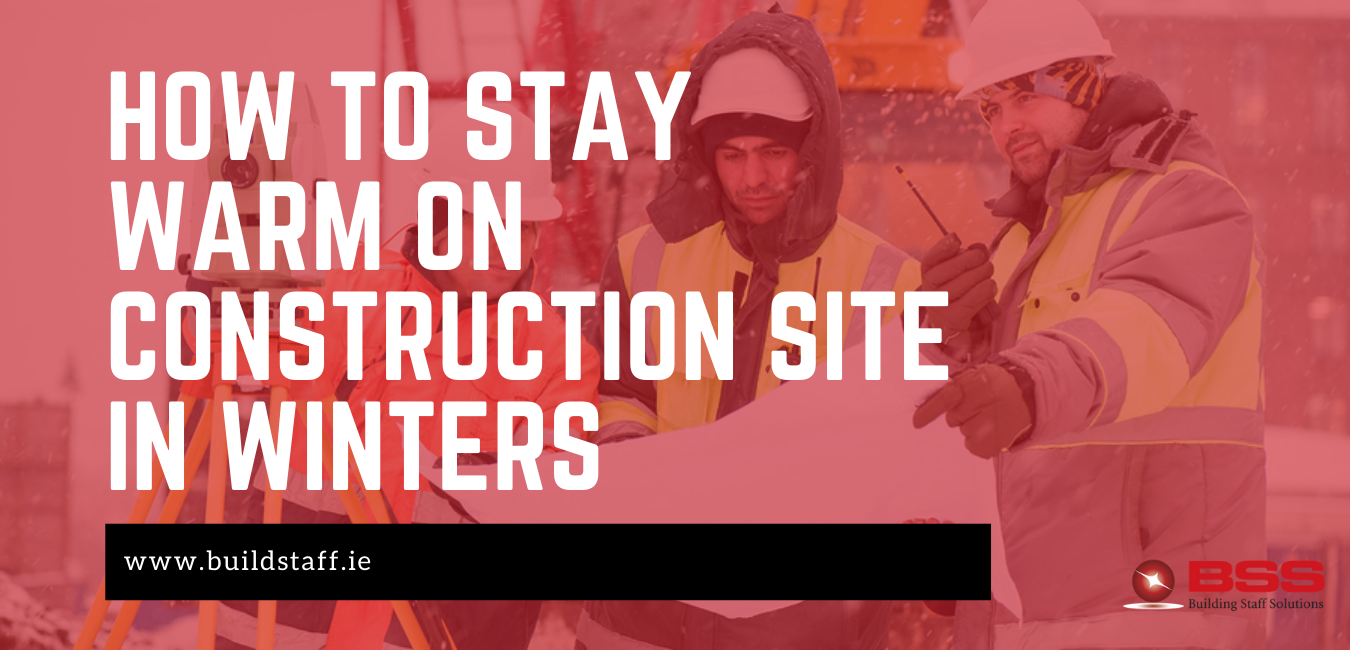As we enter November, the temperature has certainly taken a dip over the last few days.
From 20 degrees and bright sunny days, we have officially entered that phase of the year
where rains and winds take a step ahead. Although surviving the winter is difficult enough,
construction workers’ health and safety might be jeopardized by cold, windy, and snowy
weather. In addition to the increased health hazards, dealing with such severe
environments can sometimes impede productivity. Regardless of how chilly it is, projects
must be finished and work must be completed. We get to you our top 5 tips on how to stay
warm during this winter season.
Have a Warm Break Area
Working on construction sites or in the outdoors entails being exposed to the elements for
lengthy periods of time. Breaks are essential, but they are rendered meaningless without a
warm and pleasant location to relax. Setting up a modular lodge or warming shelter for
building projects with a protracted timeline is a necessary. Temporary tents and portable
heaters can be utilized for short-term applications.
Multiple Layers of Clothing
During the cold, wearing protective coveralls isn’t enough to keep warm. It’s a good idea to
dress in two to three layers. Moisture-wicking material should be used for the first layer.
This aids in the removal of perspiration from the body. The second layer of clothing should
be made of permeable material, such as fleece, to assist insulate the body. The jacket’s
outermost layer should be waterproof and windproof. In addition to having layers that keep
a worker’s body warm, it’s critical that the clothes they’re wearing is flexible and allows them
to move around freely while doing their job. After determining which fabrics will keep
employees warm, the next step is to ensure that these pieces of clothing are appropriate for
the physically demanding activity that construction requires.
Protective Gloves
In construction, the hands are the most often utilized body component, thus keeping them
warm is critical. Many employees have the tendency to remove their gloves and continue
working, but this just increases the risk of frostbite. Workers may keep their hands warm by
wearing the appropriate lightweight gloves. Glove liners are another alternative if this
doesn’t work. Encourage your employees to experiment with different types of gloves and
combinations. Mittens are more effective than gloves, and a glove liner and mittens combo
is perfect for taking pauses or relaxing in the cold.
Insulated Boots
Construction workers should also have a pair of robust and warm footwear. Consider
whether the work boots have a waterproof leather lining or a protective lining that keeps
the feet warm while looking for work boots. Felt-lined, rubber-soled, and leather-topped
shoes are some of the greatest choices for winter footwear. Also beneficial are detachable
felt insoles. Work boots are notoriously unpleasant, so try a variety of insoles that give both
warmth and comfort.
Protective Eyewear
When face protection is required on exceptionally cold days, eye protection is
recommended. To prevent exhaled moisture from fogging eyeglasses, eye protection in the
form of protective glasses must be isolated from the nose and mouth. Construction workers
must always wear safety glasses, but wearing them in the winter might give extra benefits.
Invest in eyewear that shields you from the sun’s ultra-violet light, snow glare, blowing
snow, and severe winds. Because eyes are so delicate, it’s always a good idea to protect
them from the weather.





